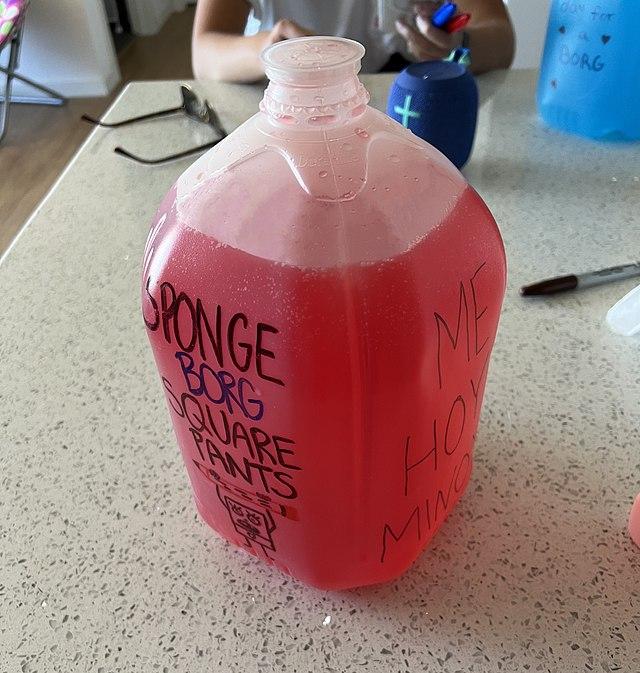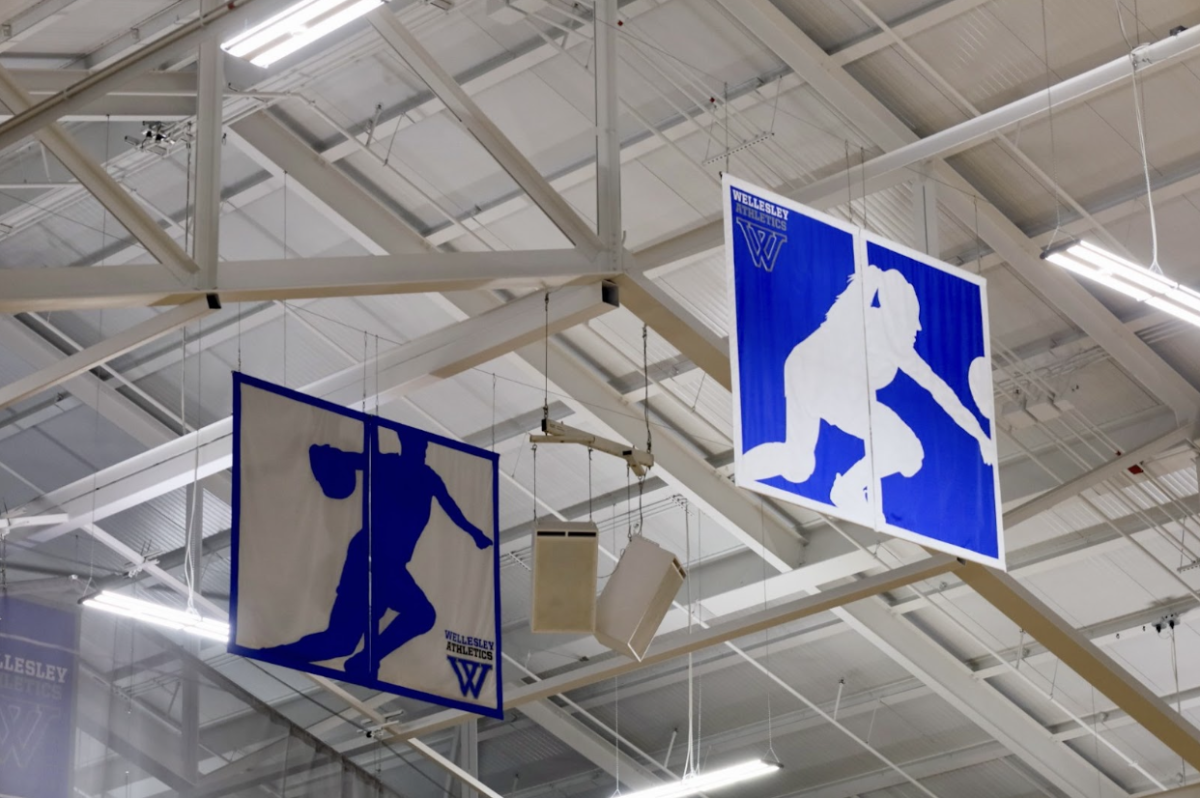To start: BORG is, quite frankly, a ridiculous acronym for “Black Out Rage Gallon.” As the name suggests, a BORG is a gallon of what passes for a mixed drink, using water as a base and adding in alcohol and an occasionally caffeinated flavoring. With everything that’s been happening on-campus and, more generally, nationwide, I’ll admit that I can see the appeal of blacking out (for legal reasons this is a joke) — but are they really worth the rage?
I first heard of BORGs through a suggested news article about some other college in the area needing to make an announcement warning students off of them. I later found that they’ve been trending in some corner of Tik Tok, but I am both inactive and on the more … niche, side of that platform, so I doubt I would have seen it there anyway. I’ll admit, I clicked the article to figure out what they were talking about, laughed at it with a friend because they, like any classy 21-year-old college student, take their mixed drinks in solo cups instead of water gallons. Also, the idea of using water as a mixer is absurd when, you know, gallons of orange/cranberry/apple/other juice exists — no need for a third ingredient when you don’t need to flavor your mixing fluid of choice. I recall making a joke about President Paula Johnson having to send an email about how we’re mixing our drinks wrong and what to do better.
And then I went on Instagram and was immediately greeted with a post by Wellesley Wellness about it. My satire was so close to reality (although I don’t want reality to involve enough incidents that an email would be sent out), and yet … that was on March 9, dreadfully outdated by the time of publication. So the humor has also, I fear, become outdated. Firstly, I don’t know many people who would be caught dead on campus with a BORG — not to say that they don’t exist, but perhaps they’re remaining in hiding because everyone else uses fancy little single-use shot glasses (which I found out about last semester) and actual mixers.
More importantly, these feel more suited for a party host who doesn’t want to deal with letting people mix their own drinks (therefore being one stumble away from disaster the duration of the event). 17 shots (the typical amount of alcohol per recipe, according to the office of student wellness) is simply excessive when you have to walk home on hills that are treacherous on the most sober of days. I also find adding caffeinated products to be an interesting decision that would further turn Wellesley students off — many of the people I know won’t drink caffeine past noon, and it’s simply dangerous to include in your beverages if you don’t know what you’re doing.
It feels like a college trend that was preemptively warned about by a College office, but isn’t something of concern — Wellesley College simply is not the environment where this would thrive, except perhaps on MarMon. That isn’t to say that I think there’s nothing to spread awareness of. While I’ve only been physically on-campus for two years (tragically, I am one of 60 students in the class of 2024 that had a fully remote first-year), I have noticed a decrease in alcohol awareness and, for lack of better word, training. Could we not have our RAs mention resources for safe use during those “mandatory” all-halls in the beginning of the year? We’ve had alarming amounts of medical transports due to alcohol — and generally I’ve seen some unsafe practices. Students should be aware that what they thought was a shot was actually two or even three times larger, or that they should not be leaving their drinks unattended, even at a dorm party where it might feel safe.
While BORGs are apparently assumed to be safer because it’s simply more conspicuous to alter, they lend themselves to being shared and, I don’t know about anyone else, but I am simply not holding anything that heavy at a party when I could instead hold my phone to frantically convince someone I know to save me from stranger-danger hell by joining the fray. This should be an opportunity, though, to actually raise awareness for alcohol safety and alcohol poisoning awareness. For more resources regarding alcohol abuse awareness and information about safe alcohol use, check out Substance HArm Reducation Education (SHARE) on Instagram.




